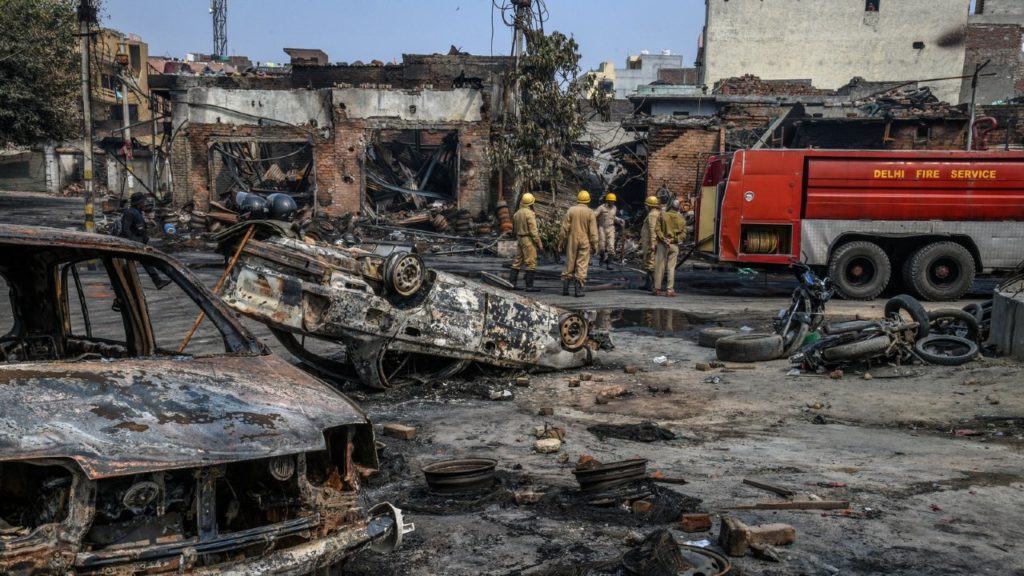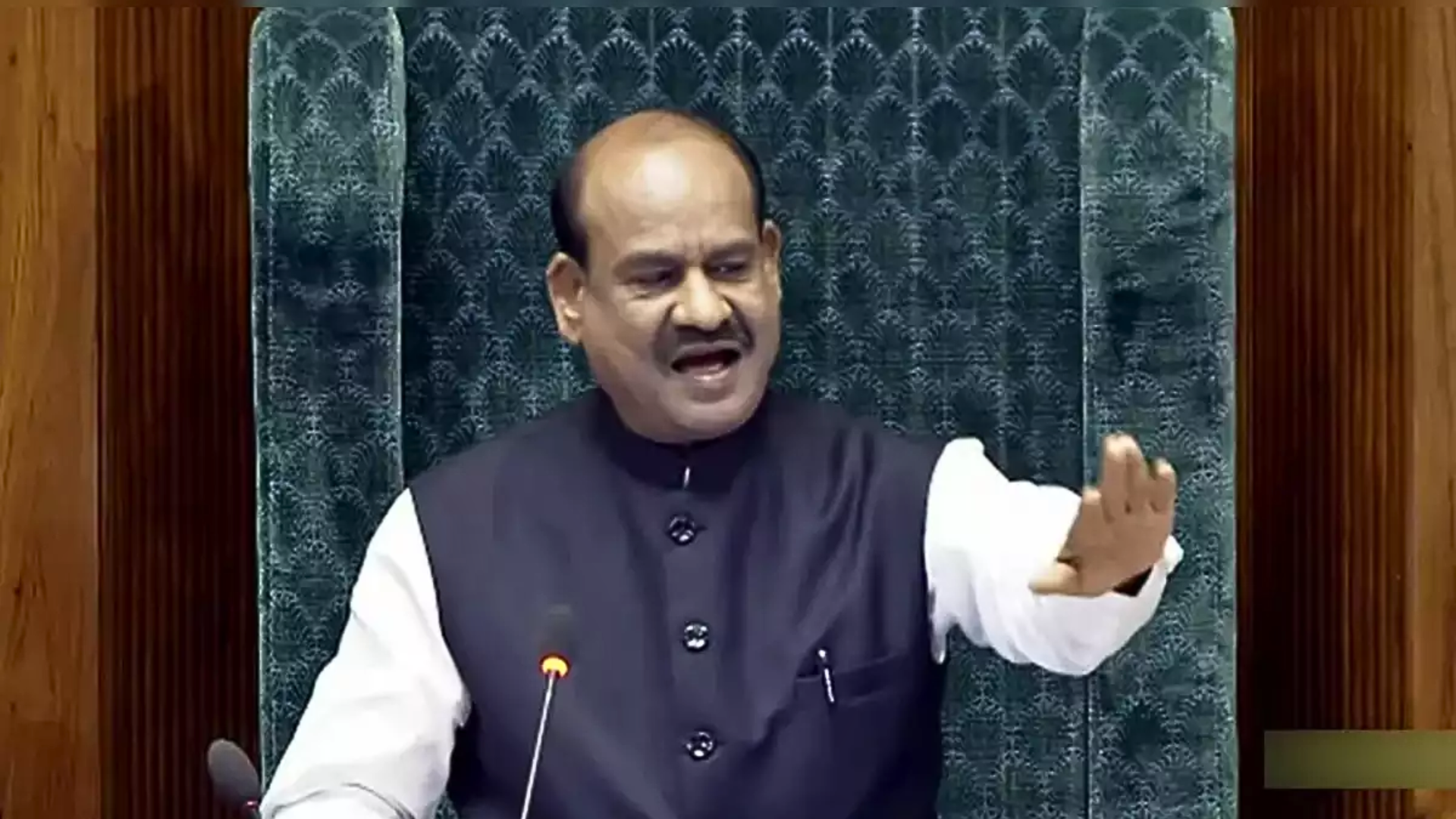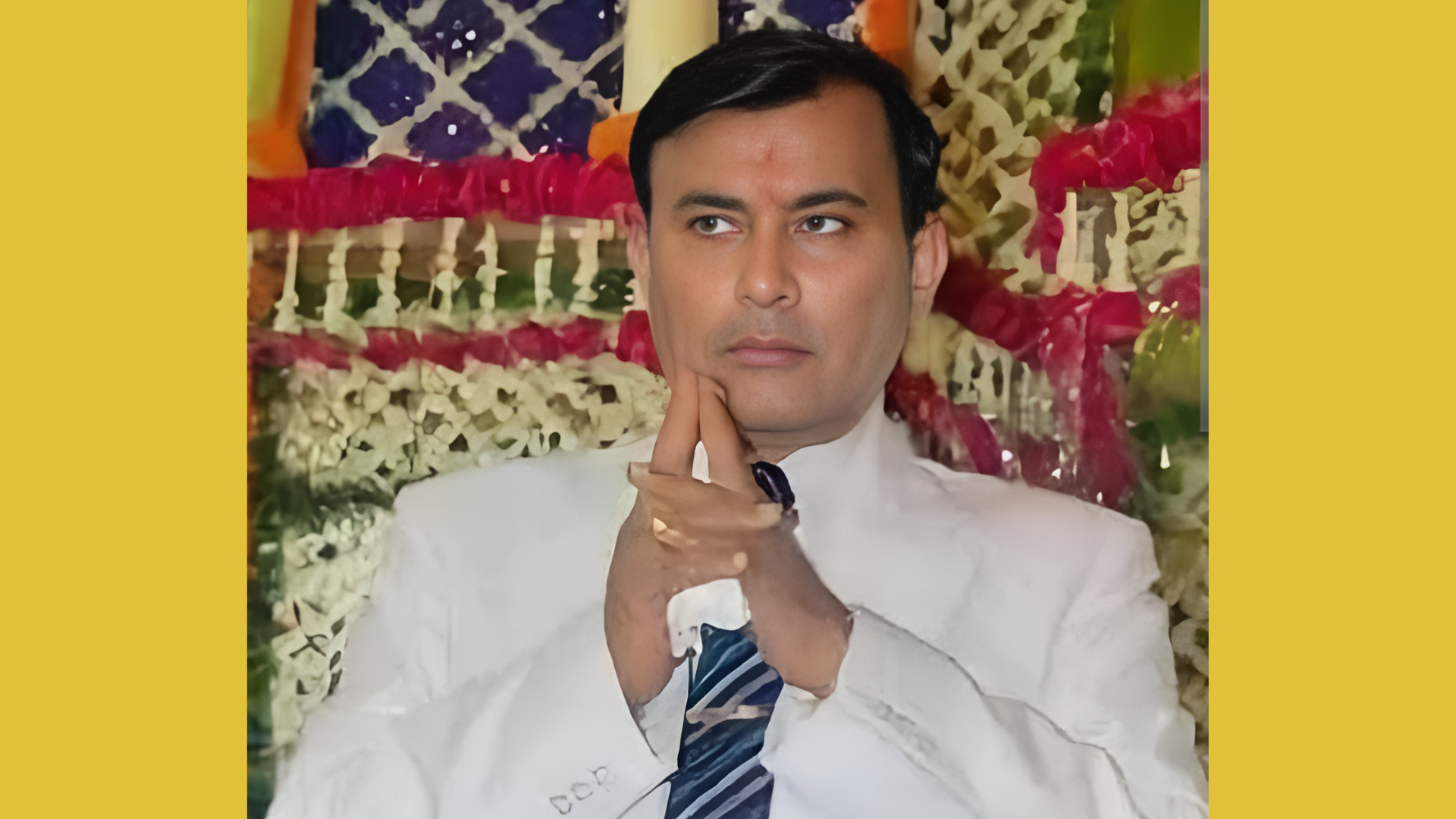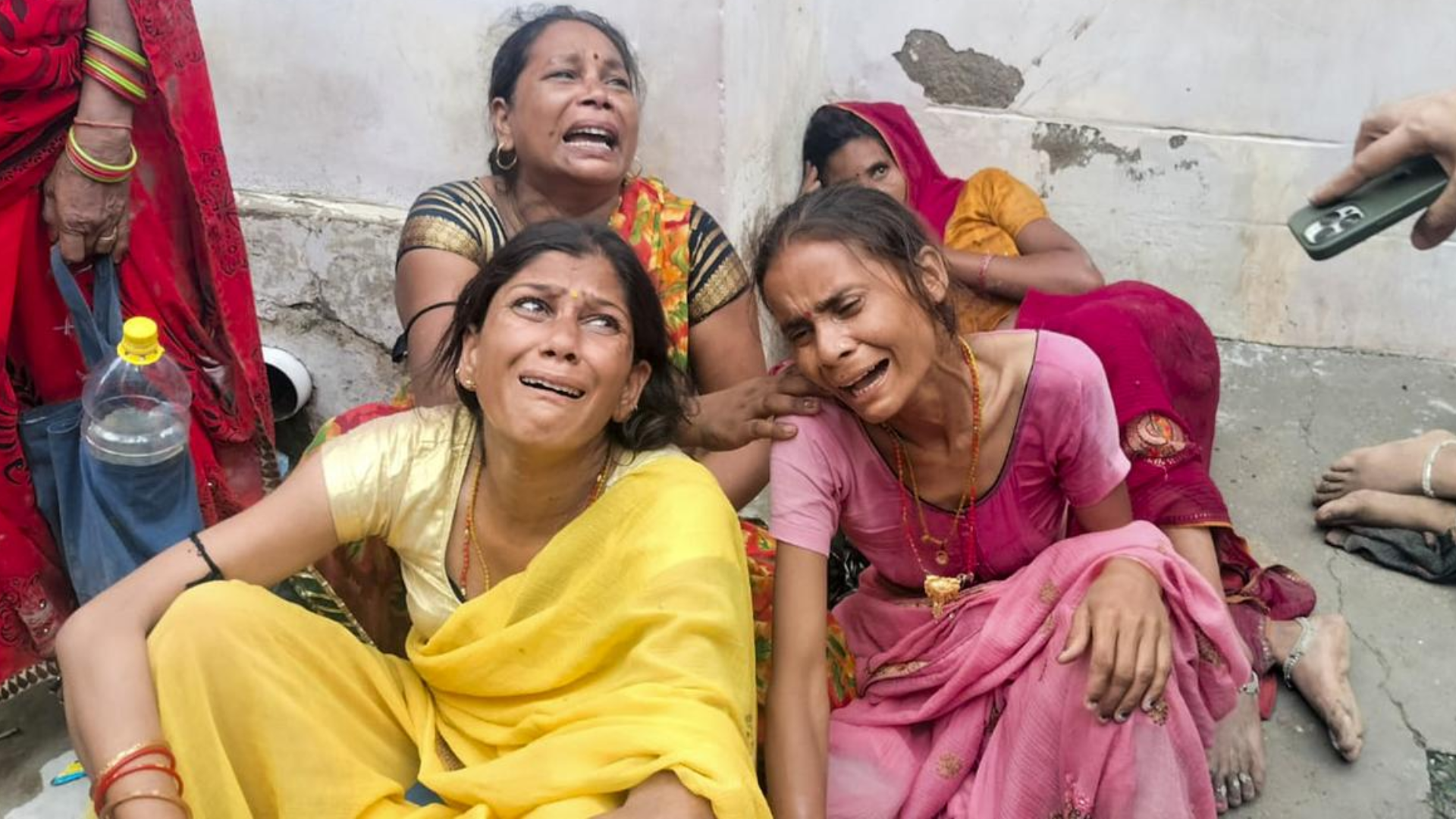Facebook aware that it & WhatsApp used to spread vitriol against Muslims in India, yet did nothing

A Wall Street Journal report, based on internal Facebook documents, says that in India, the company is responsible for letting Facebook and its sister concern WhatsApp be used, as a result of a lack of affirmative action, by right-wing groups (“pro-Hindutva populations”) to spread hatred against and demonise Muslims, and also that the lack of adequate Indian language editors as well the company’s policy of keeping those in power happy, is permitting these groups to get away with most of their incendiary comments.
A recent report (October 2021) by The Wall Street Journal (WSJ), the latest in a series by the newspaper based on internal Facebook communications, says that Facebook is aware that its services, especially Facebook and WhatsApp, are used in India to spread religious hatred, specifically Hindutva groups spread anti-Muslim content. However, as also highlighted by the whistleblower Frances Haugen earlier, these hate-mingers are protected due to “political sensitivities”.
The WSJ cites a July 2020 internal report titled ‘Communal Conflict in India Part 1’, in which researchers identified three ‘key crisis events’ in India across 2019 and 2020.
The first was the protests against the Citizenship Amendment Act (CAA), which began in late 2019, during which time researchers said misinformation, rumours, demonising content and hate speech spiked “300% above previous levels” on Facebook platforms.
The second was the Delhi riots of February 2020, when rumours and calls to violence, particularly on WhatsApp, were identified.
The third crisis event the researchers identified began with the COVID-19 pandemic, when Facebook services had fear-mongering content that blamed Muslims for the spread of the disease, especially after members of Tablighi Jamaat were detained.
The WSJ report reviewed another internal document titled ‘Adversarial Harmful Networks – India Case Study’, which Haugen also cited in her complaint to the US Securities and Exchange Commission (SEC).
This report showed Facebook was aware that anti-Muslim narratives were used to influence pro-Hindu populations towards violence and incendiary intentions. It specifically accused RSS groups, users and pages of promoting fear-mongering by “comparing Muslims to ‘pigs’ and ‘dogs’” and spreading “misinformation” that “the Quran calls for men to rape their female family members”.
Importantly, as also highlighted by Haugen, this second report found that Facebook lacks the technical ability to track this misinformation and divisive content in local Indian languages, mentioning Hindi and Bengali specifically.
This same WSJ report said that another internal document, prepared this year, found that the Bajrang Dal had “previously used WhatsApp to organise and incite violence,” as a result of which it was recommended to be taken down.
However, Bajrang Dal remains active on the social media platform, enjoying the protection afforded by its close links with the BJP. This can be deduced from the fact that an earlier WSJ report had said that Facebook had baulked at removing the group from the platform after its security team said that it “might endanger both the company’s business prospects and its staff in India” and anger the BJP.
Suggestions to Facebook
According to the WSJ report, the researchers recommended Facebook three things:
- build technical systems to “detect and enforce on inflammatory content in India,” the way human reviewers might
- create a “bank” of inflammatory material to study what people were posting, and
- create a reporting system within WhatsApp to allow users to flag specific offending messages
A lopsided statistic
In this regard, a lopsided statistic stands out: 87 per cent of Facebook’s global budget for misinformation is set aside for the US, even though North American users (including Canada) make up just 10 per cent of its daily users, while the remaining 13 per cent is set aside for “ROW” or rest of the world, including India.
This is galling, given that India is the hotbed of religious and communal tensions, especially against Muslims, and also considering its (and the larger global South’s) social complexities and huge user base.







